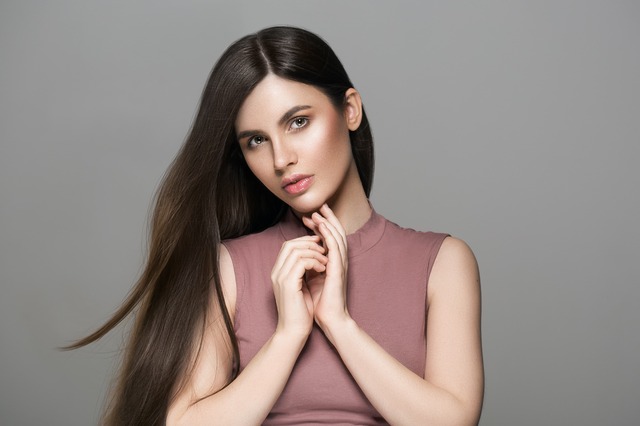Across the span of history, literature, art, and popular culture, society has painted varied pictures of what constitutes the “perfect woman.” however, the idealization of the “perfect woman” is influenced by myriad factors including historical context, cultural backgrounds, personal experiences, and shifting societal norms. Thus, pinning down a singular definition is not only challenging but may also be problematic. This article will explore the various dimensions of this idealized notion and reflect on its evolving characteristics.

1. Historical portrayals
Historically, the “perfect woman” was often linked to her domestic abilities. From ancient civilizations to more recent centuries, women were idealized based on their skills as caregivers, mothers, and homemakers. The renaissance era, for instance, revered women with full, curvaceous bodies as they were seen as symbols of fertility and affluence.
2. Physical beauty ideals
Physical attributes have been a significant yardstick for measuring a woman’s perfection. The 1920s flapper valued a slender, boyish figure, while the Victorian era prized a tiny waist. Today, the “perfect” image is often influenced by celebrities, influencers, and models – tall, slim, flawless skin, with specific body proportions.
3. The career-homemaker balance
The modern “perfect woman” is frequently portrayed as someone who flawlessly balances her professional aspirations with her domestic responsibilities. She excels in her career while also being a dedicated mother, wife, and homemaker.
4. Emotional intelligence
Emotionally, the “perfect woman” is often seen as nurturing, empathetic, and sensitive, but also strong-willed, resilient, and independent. She knows when to stand up for herself and when to be compassionate and understanding.
5. Intellectual pursuits
Intellect has become a crucial attribute of the contemporary perfect woman. She is well-educated, aware of global issues, can hold a conversation on diverse topics, and constantly seeks to expand her knowledge.
6. Societal and cultural variances
Different cultures have distinct parameters for the ideal woman. For instance, in some cultures, modesty and demureness might be highly valued, while others might prize assertiveness and outspokenness. Similarly, beauty standards differ vastly across the globe, from fair skin being favored in certain regions to tanned skin in others.
7. The influence of media
Media, including movies, advertisements, magazines, and now social media platforms, play a significant role in shaping perceptions about the “perfect woman.” these platforms often project airbrushed, filtered, and curated images, further perpetuating often unattainable standards of perfection.
8. Personality traits
Beyond physical and intellectual attributes, personality traits also factor into the perfection equation. Qualities like kindness, humor, charisma, confidence, and humility are often listed as desirable, painting a picture of a multi-dimensional, well-rounded individual.
9. Adaptability
In a rapidly changing world, adaptability and the ability to handle change gracefully are often seen as traits of the perfect woman. She is expected to evolve with times, acclimatize to new environments, and handle adversities with poise.
10. Independence vs. Interdependence
While independence – both financial and emotional – is a highly sought-after quality, the “perfect woman” is also perceived as someone who values relationships, understands the importance of interdependence, and fosters deep, meaningful connections.
Conclusion: the perils of perfection
While the above aspects shed light on society’s multifaceted perception of the “perfect woman,” it’s crucial to acknowledge the inherent problems with this idealization. These standards, often unrealistic and conflicting, can lead to immense pressure, adversely affecting mental health and self-worth.
Furthermore, every individual is unique, with their blend of strengths, weaknesses, dreams, and fears. Sticking to a one-size-fits-all mold not only diminishes this uniqueness but can also lead to a lack of self-acceptance and an eternal quest for validation.
Instead of aspiring to an external and often elusive standard of perfection, the focus should shift inward. Self-awareness, self-acceptance, and self-love should take precedence. After all, as the saying goes, “beauty begins the moment you decide to be yourself.”
It’s time society broadens its horizons and celebrates the myriad forms, personalities, and attributes that women bring to the table. Instead of boxing them into limiting ideals, let’s recognize and appreciate their diverse, intrinsic value. In redefining perfection, we’ll not only be fostering healthier self-images but also promoting a more inclusive, compassionate, and realistic world view.